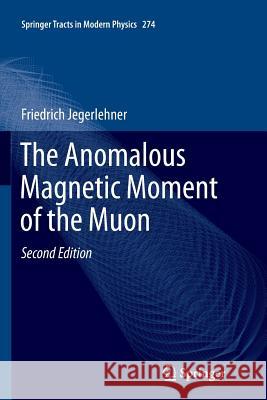The Anomalous Magnetic Moment of the Muon » książka
topmenu
The Anomalous Magnetic Moment of the Muon
ISBN-13: 9783319875873 / Angielski / Miękka / 2018 / 693 str.
Kategorie BISAC:
Wydawca:
Springer
Seria wydawnicza:
Język:
Angielski
ISBN-13:
9783319875873
Rok wydania:
2018
Wydanie:
Softcover Repri
Ilość stron:
693
Waga:
0.97 kg
Wymiary:
23.39 x 15.6 x 3.61
Oprawa:
Miękka
Wolumenów:
01
Dodatkowe informacje:
Wydanie ilustrowane











